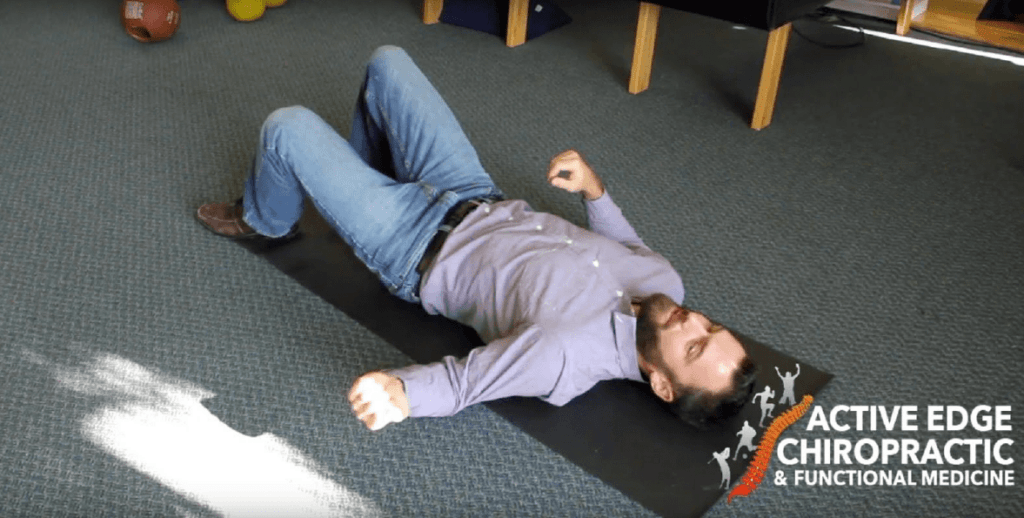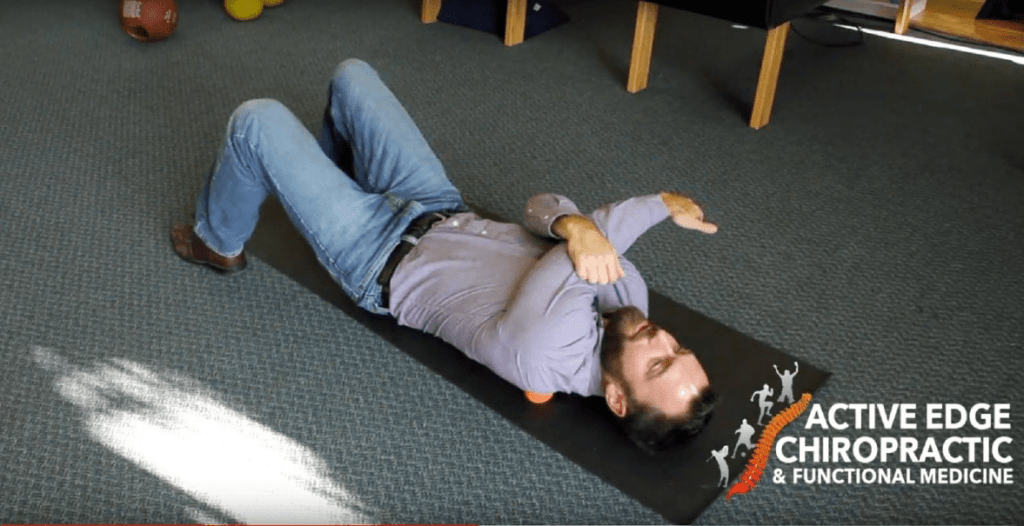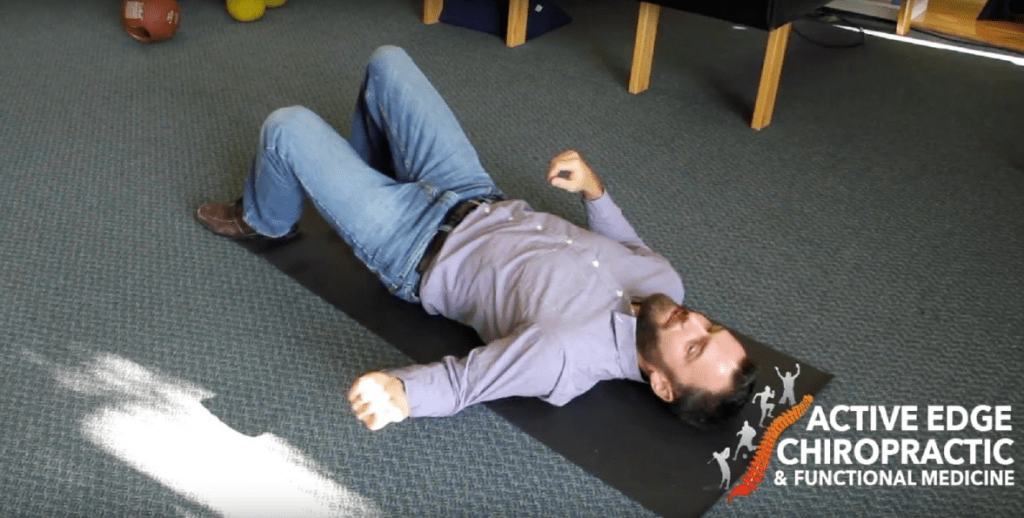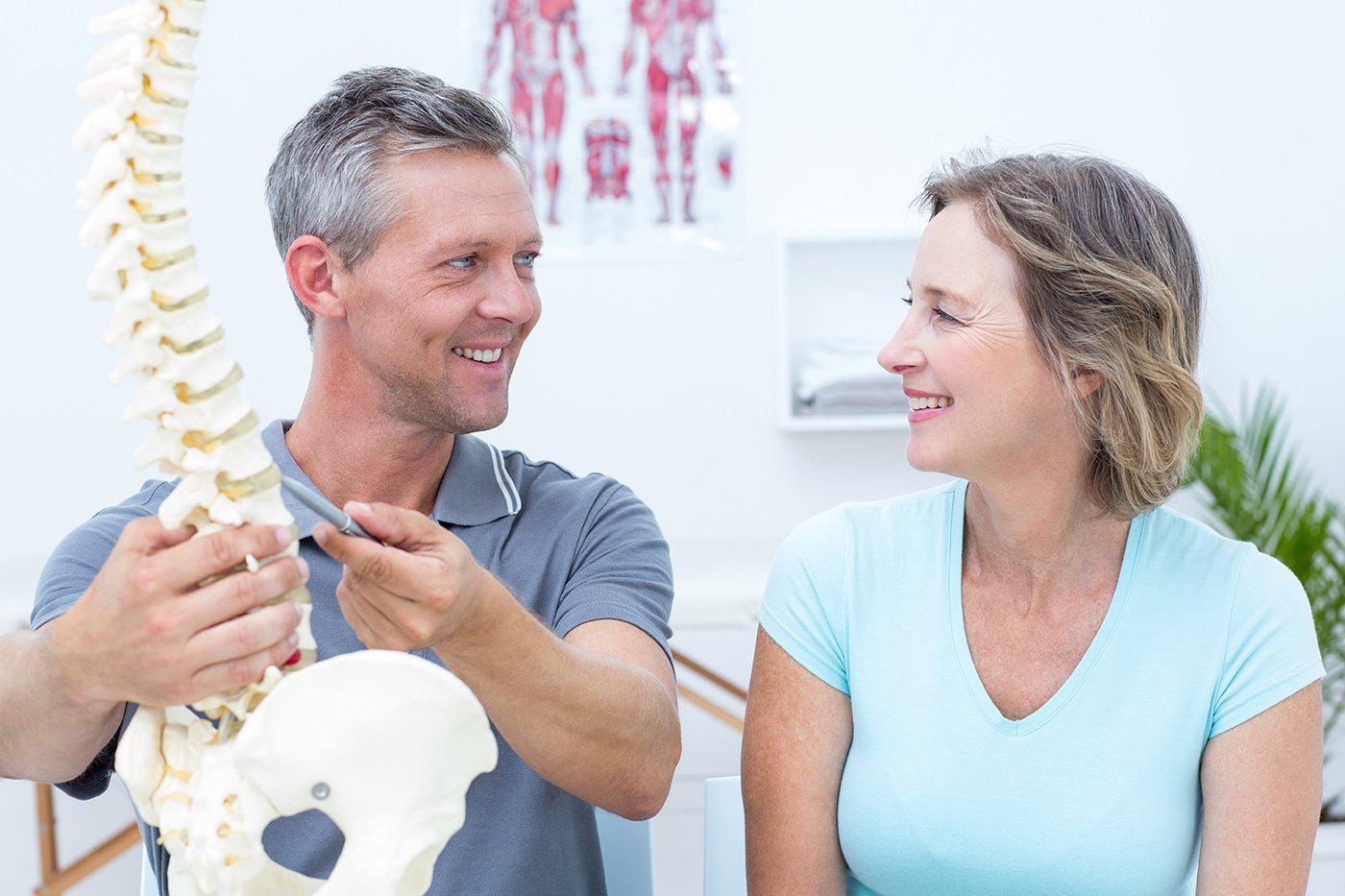Alright everyone, Today we are back with a video concentrating on the posterior (back side) shoulder. We have a lot going on back here, including the scapula, and the infraspinatus, which is on the back side of the scapula. This muscle causes a lot of numbness and shooting pain down the arm. It is also a rotator muscle, so it is responsible for bringing your arm in and out. We also have the rhomboids, which connect from the scapula to the spine. These can be stretched by doing a fly motion, bringing the arm from the back all the way towards the pec. In addition, there are also muscles that come into play like the levator, the traps, and the supraspinatus. All of these muscles are visible in the diagram pictured.

RELEASING POSTERIOR SHOULDER MUSCLES
In order to achieve maximum release, the patient should lay face up with a lacrosse ball under them. First, find the scapula (and the ridge that is on the superior side of the muscle) and place the ball under this. Trigger points can occur at many places in the scapula, so the patient should move the ball around in order to find the trigger points that might be bothering them. In order to loosen the muscle, one should rotate the arm that the ball is on in and out while applying pressure with the lacrosse ball. This is pictured below, with Dr. Hensel showing instructions. Once a tender trigger point is found, keep the lacrosse ball on the point for 30 seconds to 1.5 minutes, depending on the severity of the tenderness. While the pressure is being applied, keep rotating the arm in and out in order to keep the muscle moving while loosening. If the trigger points do not go down in intensity while the ball is on them, move the ball up and down in order to attack the tightened muscle at different angles.

After releasing the infraspinatus, move onto the rhomboids. In order to place the ball correctly, move the ball in the middle of the scapula and spine (this should be a couple inches towards the spine from where the ball was placed during infraspinatus release). While releasing these trigger points, mobilize the muscle while doing a fly movement, bringing the straightened arm towards the pec and then away. Again, Dr. Hensel is shown performing this action. While performing this, one should feel the muscles being pulled under the ball. Moving on to the levator and the trap – place the ball on the superior side of the scapula, almost to the trap. In order to mobilize the muscle while releasing the trigger point, the patient can either shrug the shoulder in which the ball is on, or can move the head, trying to reach the ear to the shoulder. This release is very popular and effective for those who drive a lot, or have desk jobs. The lacrosse ball release also aids in bringing the shoulders back and keeping the head up, which can help revert forward head posture and text neck.

The last spot in which the patient can help their arm and shoulder pain is the base of the neck. If needed, the patient can support their head by placing their hand at the back of the head, with the ball right under the hand. Dr. Hensel is shown here doing just that. The patients that this release is most common are those suffering from whiplash, anterior head carriage, or those with desk jobs. The hand can also be used as a pressure gauge if the intensity of the ball is too much to bear without the hand lifting the head off the ball.

















